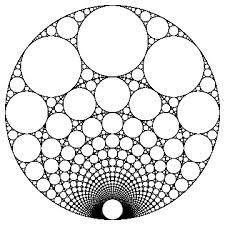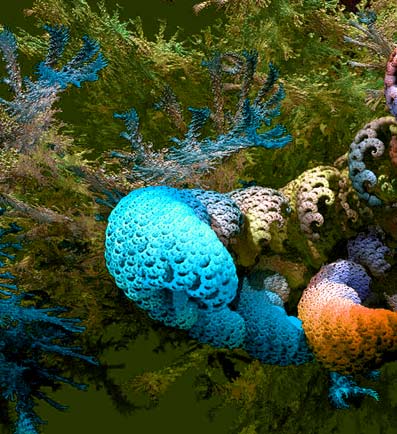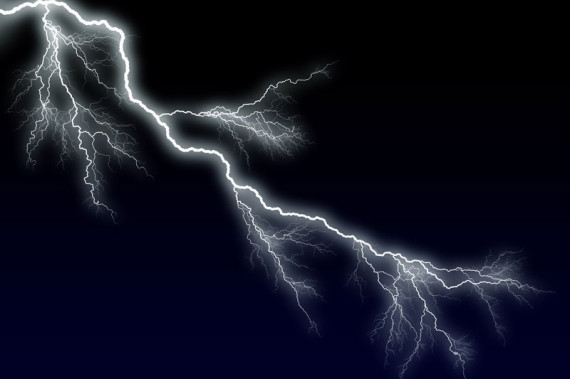The lay person’s explanation of a “fractal” given by wikipedia is:
fractal is a natural phenomenon or a mathematical set that exhibits a repeating pattern that displays at every scale. If the replication is exactly the same at every scale, it is called a self-similar pattern.Fractals can also be nearly the same at different levels. Fractals also includes the idea of a detailed pattern that repeats itself. (accessed on July 25, 2014)
 Here is an example of a simple fractal made of circles which are “nested” in an orderly pattern.
Here is an example of a simple fractal made of circles which are “nested” in an orderly pattern.
(source: miqel.com)
There is some very complex mathematics which explore the design of fractals.
But what intrigues me about fractals is that we see them appearing all throughout God’s creative work.
Let me show you some examples.
 Note the repeated pattern in this fern.
Note the repeated pattern in this fern.
(source: maxresdefault)
 Fractals form the design of many of our foods, such as cabbage, lettuce — any leafy vegetable. Can you think of other foods that have fractals as their structure?
Fractals form the design of many of our foods, such as cabbage, lettuce — any leafy vegetable. Can you think of other foods that have fractals as their structure?
This picture is of Romanesco -a cross between broccoli and Cauliflower.
Let’s look under water for fractals. They are abundant! Here are some sea shells (source: webecoist).

 And here is a graphic depiction of seaweed and coral.
And here is a graphic depiction of seaweed and coral.
Now look to what God has put in the heavens. Looking down on cloud formations,we see natural fractals forming.

Even lightning, when caught in the act, shows the branching effect of fractals.


Whirlpool Galaxy (source: Hubblesite)

Have you ever flown over a scene like this. Look how the tributaries form like a huge leaf.
GOD ESTABLISHES ORDERLY PATTERNS. He is a God of design.
In establishing principles of mathematics.
In that which He created in space, in plants, in the sea.
But I have discovered a spiritual fractal that, I believe, God has designed for the growth of every one of His children.
The original is found in the core work of Jesus Christ, and it is replicated in every one of us who follow Jesus.
The fractal is sometimes very small– as in the thought of a moment, or a decision we must make.
Or it may be the design of an entire day, or year, or decade.
It is a phenomenon that, like a fractal, exhibits a repeating pattern that displays at any scale. Only it is not natural. It is transforming.
What is the pattern?
It is Surrender, Death, Burial, and Resurrection
SURRENDER — a Gethsemane-like experience where our desire confronts the will of God and, if we are to move forward, we must surrender our desire to His.
DEATH–a Golgotha-like experience where that which we have surrendered must be put to death.
BURIAL–a Tomb-like experience where that which we have put to death leads to grieving, loss, waiting, while maintaining hope.
RESURRECTION–a God-given outcome which gives greater manifestation of the living Christ in and through us.
I believe you will recognize this design as the core of what the Apostle Paul called the gospel:
“Now I make known to you, brethren, the gospel which I preached to you… by which also you are saved…For I delivered to you as of first importance what I also received, that Christ DIED for our sins according to the Scriptures, and that He was BURIED, and that He was RAISED on the third day according to the Scriptures.” (1 Corinthians 15:1-4, NASB, emphasis mine)
If you begin looking for this gospel fractal in Scripture, you will discover it in many places (especially the New Testament).
And if you begin looking for it in your life experiences, whether big or small, you will see its design in all the trials which have caused you to mature, and in all the commitments which you have made to Christ.
This repeating pattern, though often difficult, has changed you for the good. For it is in God’s beautiful design of the gospel fractal that you are transformed into the likeness of the Original.
You might be interested also in the post Beautiful in His time.








